

Step back in time and discover Paranapiacaba, a hidden gem nestled in Brazil’s breathtaking Serra do Mar mountains. Just a short journey from São Paulo, this historic village is more than a destination—it’s a living museum of Brazil’s railway heritage. Whether you’re a history buff, a nature lover, or an adventure seeker, Paranapiacaba offers an unforgettable experience.

Paranapiacaba is a unique blend of history, nature, and culture. Its well-preserved British-style architecture, fascinating railway history, and stunning mountain scenery make it a must-visit destination. Whether you’re exploring its cobblestone streets, hiking through lush forests, or learning about its engineering marvels, Paranapiacaba promises a day filled with discovery and wonder.

The story of Paranapiacaba is deeply intertwined with the development of Brazil’s railway system. In the 19th century, engineers faced the monumental challenge of connecting the port city of Santos to São Paulo, separated by the rugged Serra do Mar mountains. The solution? A series of innovative railway systems that pushed the boundaries of engineering.

In 1867, the British-owned São Paulo Railway Company unveiled "Serra Velha," a revolutionary funicular system. Using brake wagons (or "Serrabreque") connected by ropes, this system hauled cargo and passengers up a staggering 10.3% gradient. Divided into four ramp sections, it was a marvel of its time and a testament to human ingenuity.

As demand for transportation grew, the original system was upgraded to "Serra Nova." This enhanced version featured five ramp sections and powerful "Locobreques" (brake locomotives), significantly boosting capacity and efficiency. It operated until 1982, leaving behind a legacy of innovation and progress.
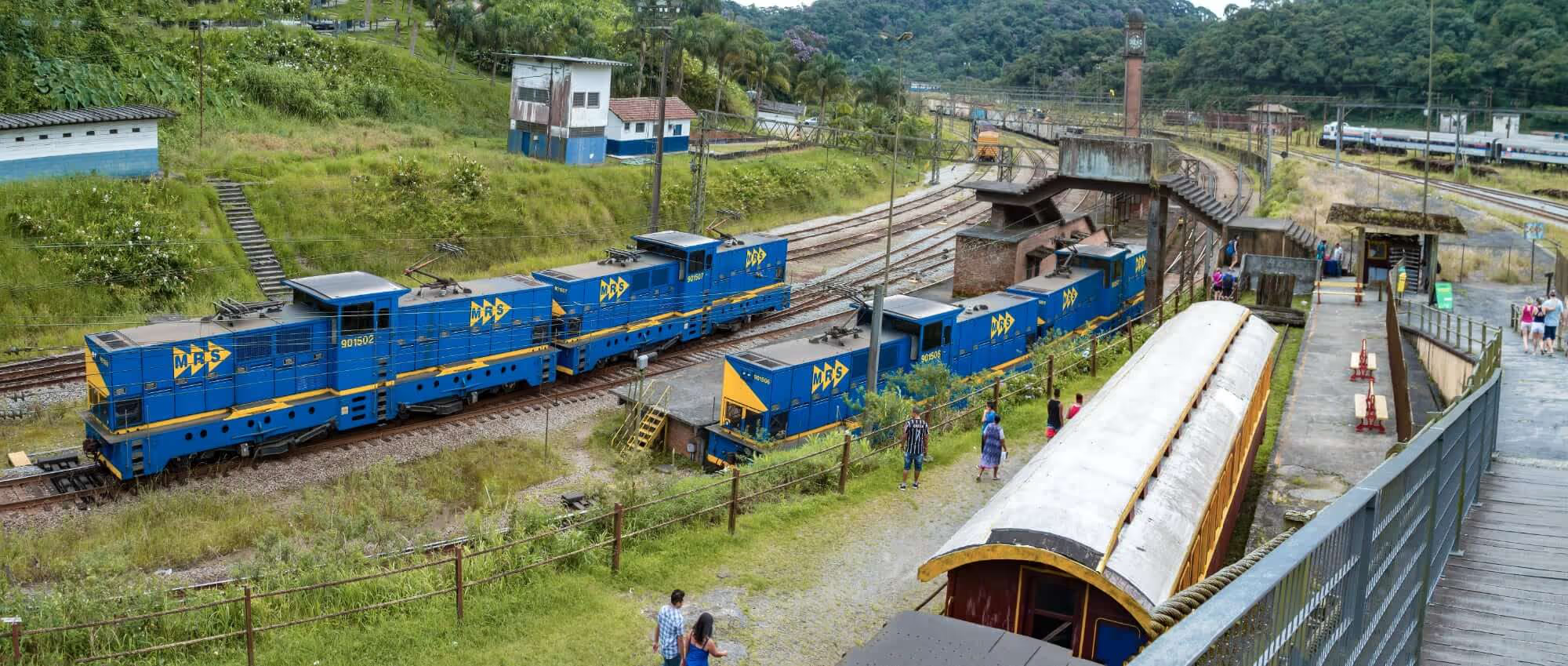
In 1974, the railway underwent another transformation with the introduction of a modern cogwheel system. Designed to handle heavier loads and steeper gradients, this system utilized parts of the historic "Serra Velha" route. While passenger service is no longer available on this section, the cogwheel railway remains a testament to Brazil’s engineering prowess.
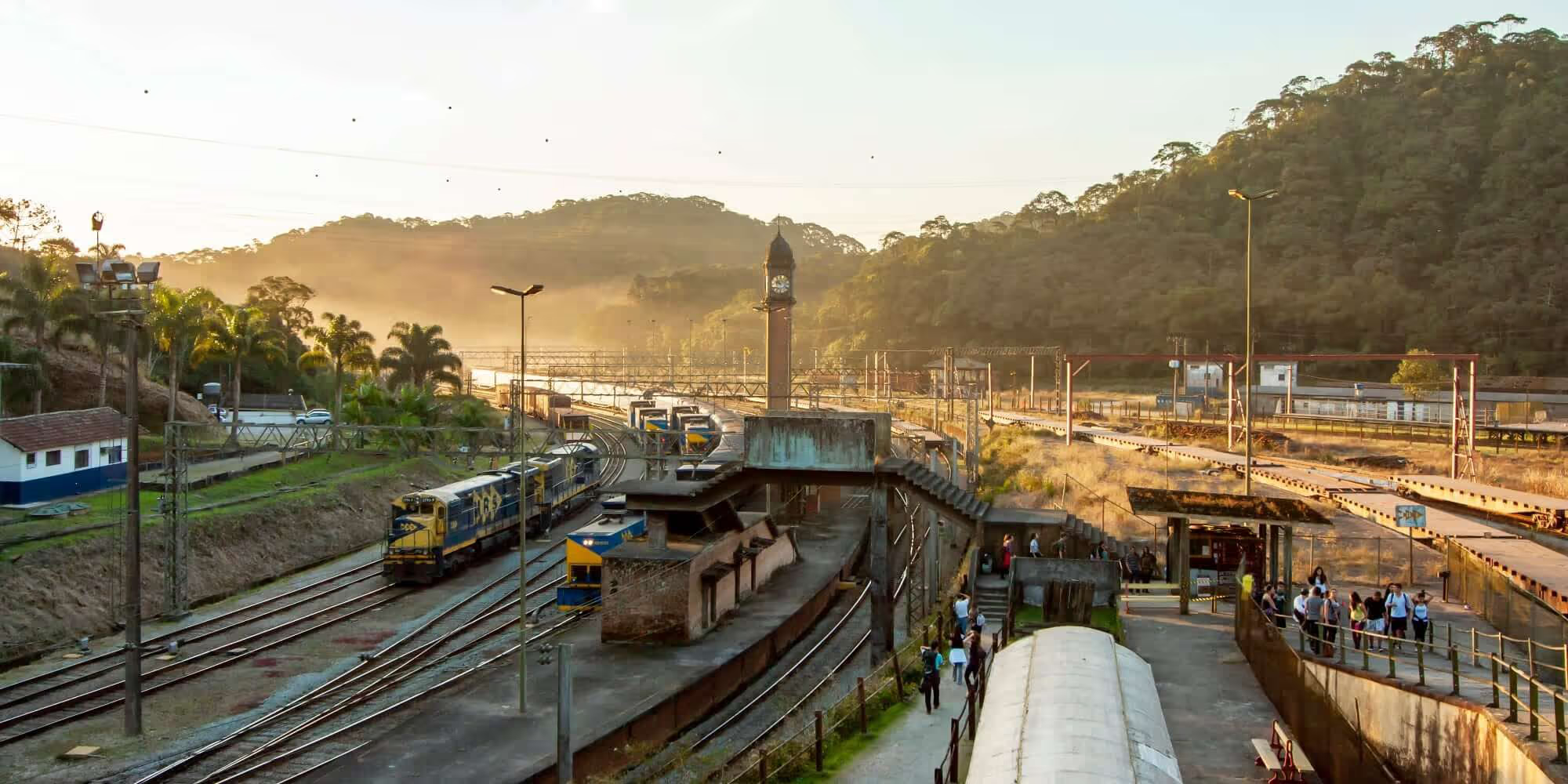
No visit to Paranapiacaba is complete without a stop at the Paranapiacaba Railway Museum. Here, you’ll find captivating exhibits detailing the construction, operation, and evolution of the cable and cogwheel systems. From vintage photographs to original machinery, the museum brings the village’s history to life.
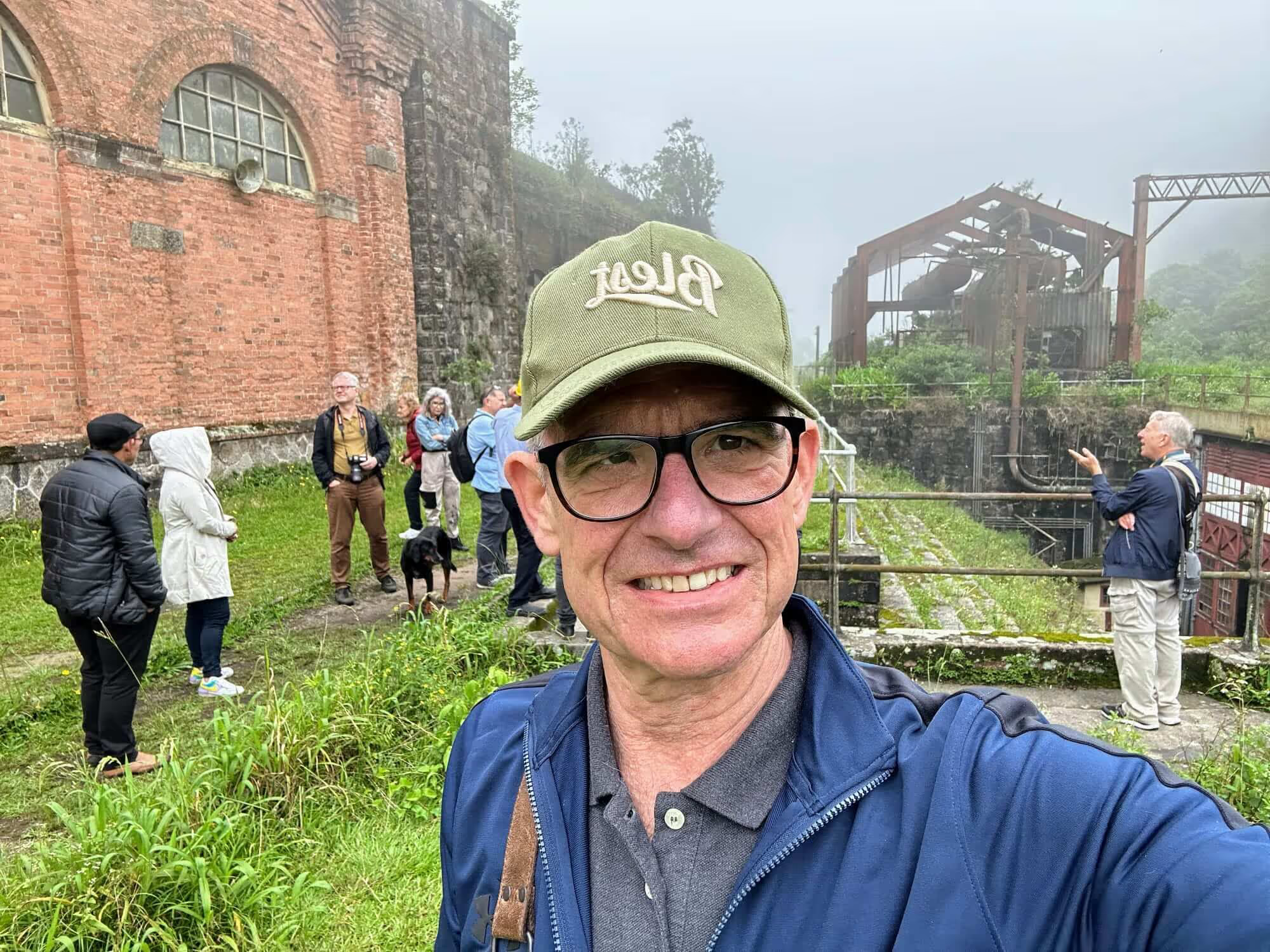
For adventurous travelers, the remnants of the "Serra Nova" system offer a unique glimpse into the past. These abandoned engineering sites, hidden amidst the lush tropical surroundings, provide a fascinating opportunity to explore Brazil’s railway history. However, hiking to the ruins requires caution—some areas are unstable or difficult to access, and the dense forest terrain can be challenging. A local guide is strongly recommended to ensure safety and to help navigate the trails.
Don’t underestimate the distances or the tropical environment; proper preparation is essential. Despite the challenges, it’s possible to complete a day hike to the ruins from São Paulo or Santos, making it an exciting addition to your Paranapiacaba adventure. As you explore, imagine the bustling activity that once defined this area, and marvel at the ingenuity that conquered the Serra do Mar mountains.
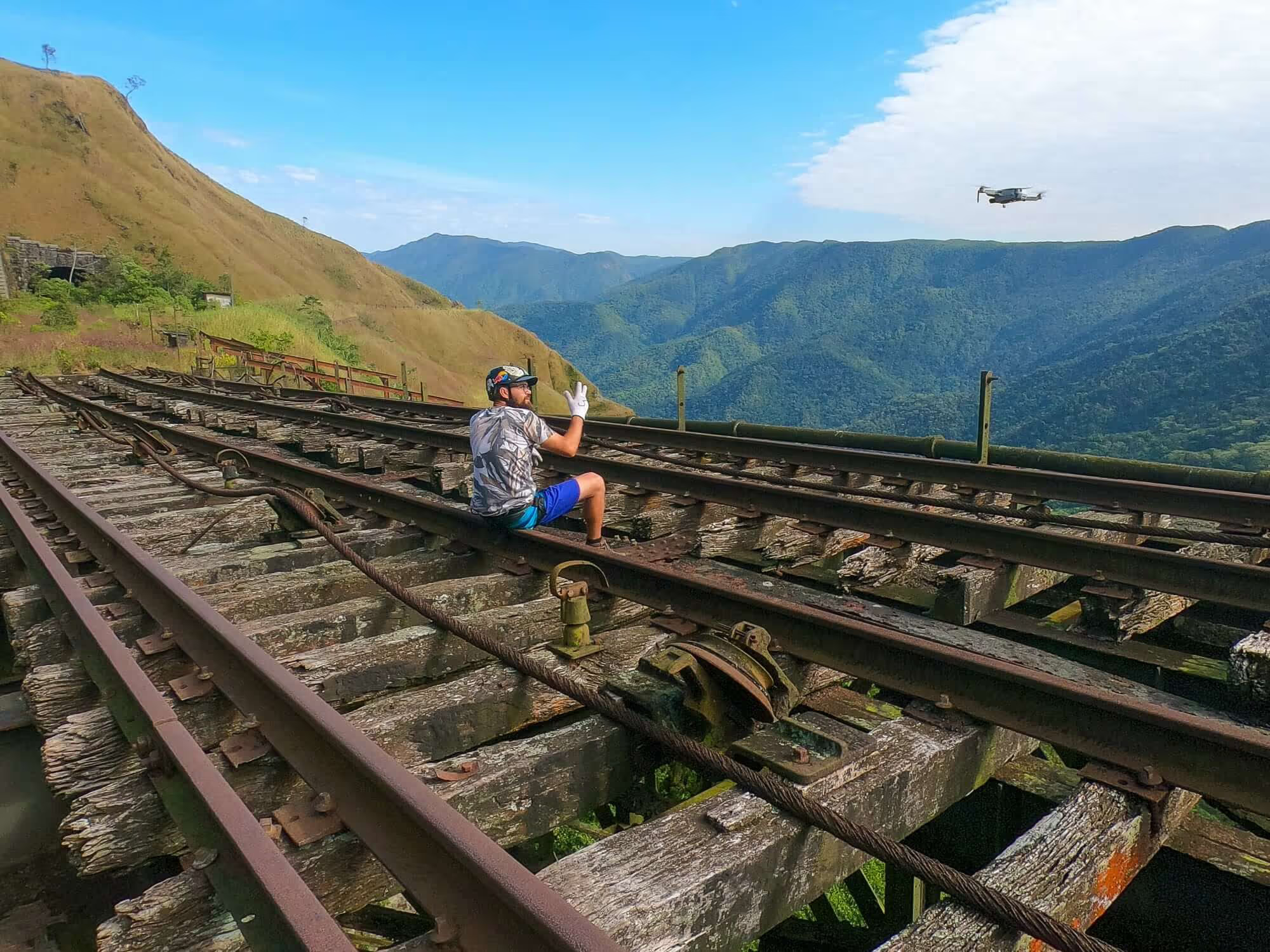
Stroll through Paranapiacaba’s cobblestone streets and admire the beautifully preserved Victorian-era buildings. The village’s tranquil atmosphere makes it a perfect escape from the hustle and bustle of city life. Don’t miss the local shops and cafes, where you can sample traditional Brazilian treats and pick up unique souvenirs.
Paranapiacaba isn’t just about history—it’s also a gateway to the stunning Serra do Mar mountains. The surrounding area is a paradise for nature lovers, with hiking trails that wind through lush forests, waterfalls, and panoramic viewpoints. Popular trails include:
Whether you’re an avid hiker or just looking for a peaceful walk in nature, Paranapiacaba has something for everyone.
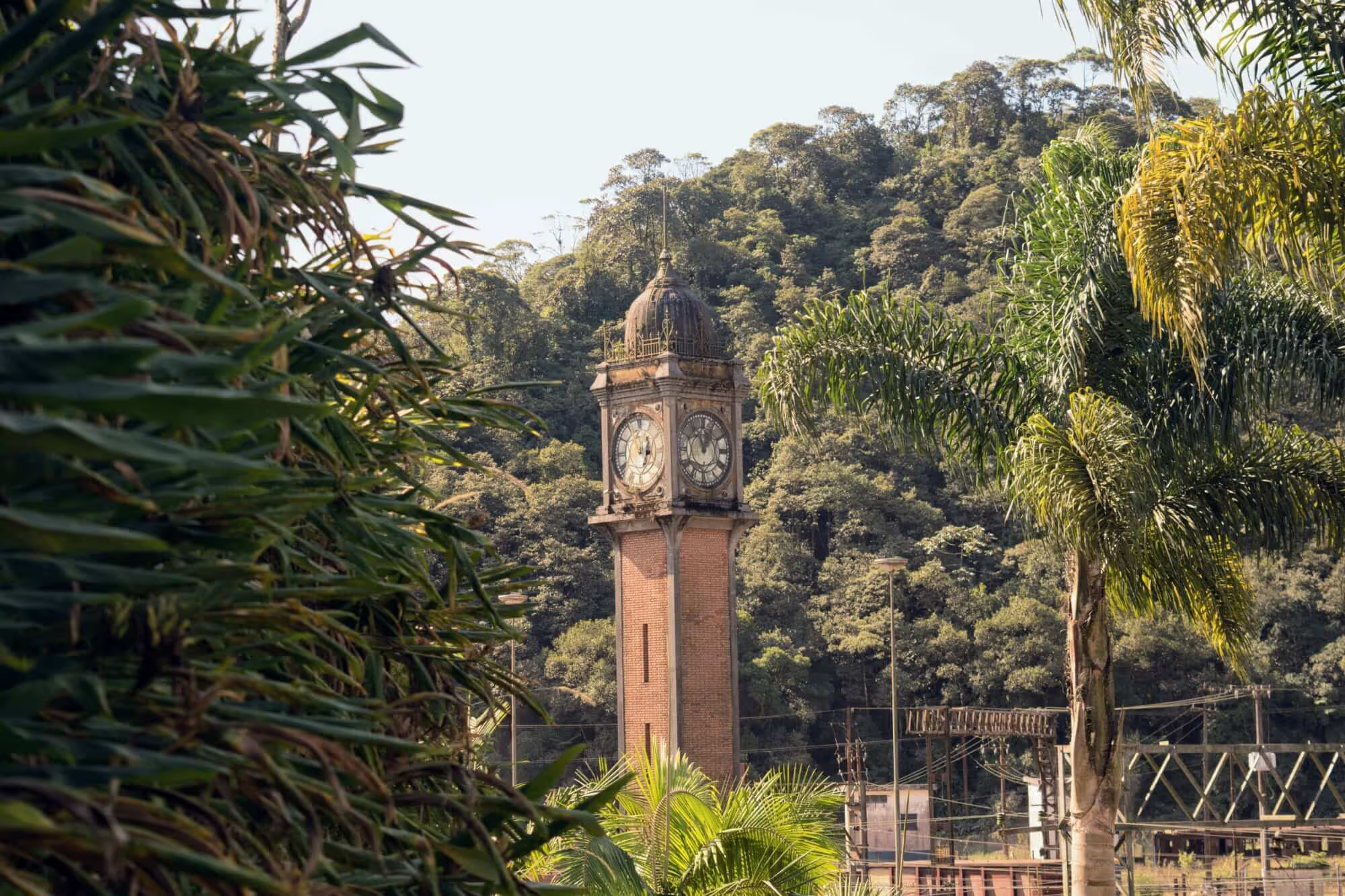
For a truly unforgettable experience, hop aboard the scenic train from São Paulo’s Luz Station to Paranapiacaba. Available on Sundays, this picturesque journey offers stunning views of the lush Serra do Mar landscape.
Pro Tip: Arrive early to secure a window seat and bring your camera—this is one of the scenic train rides in Brazil!
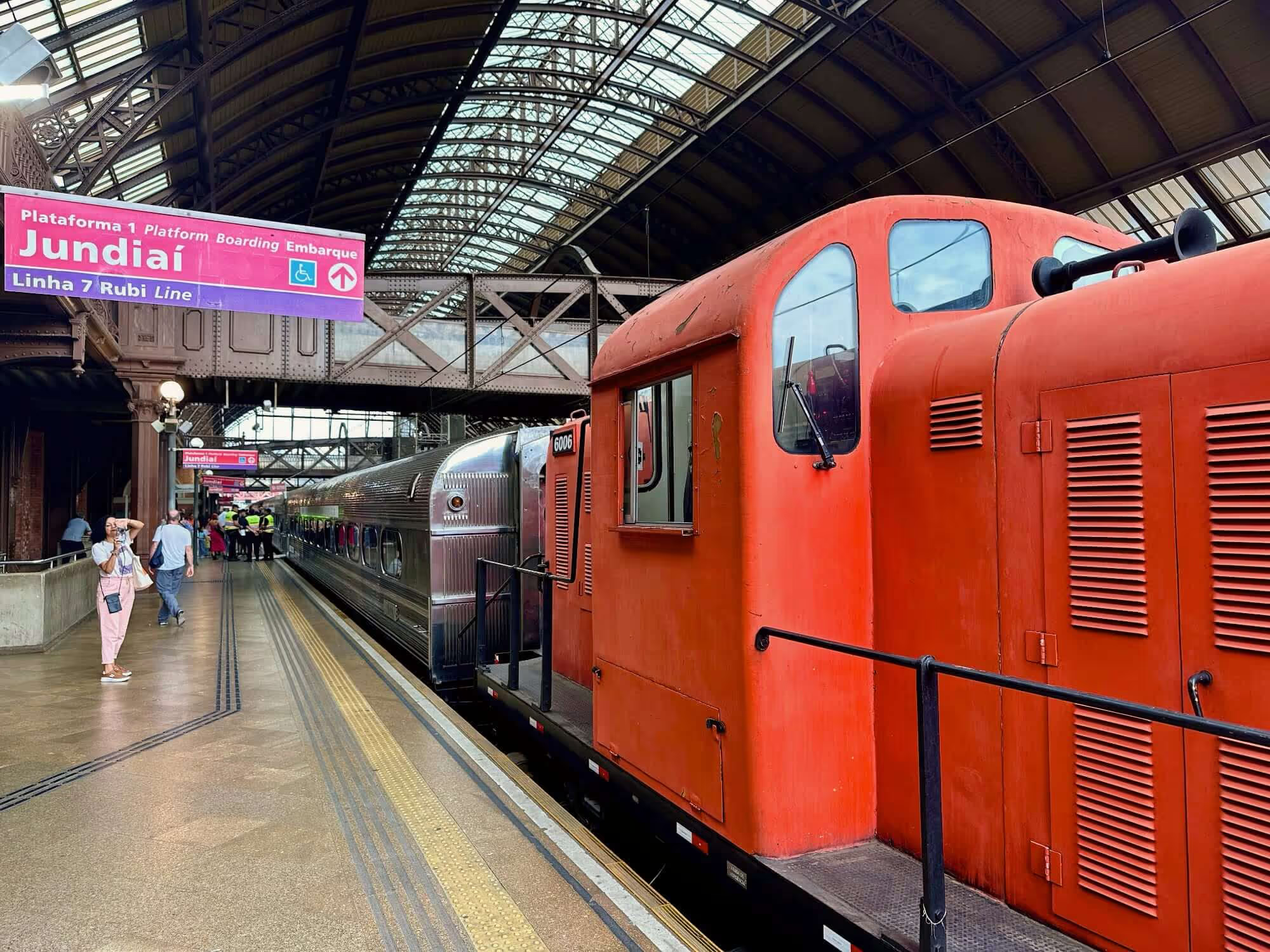

While Paranapiacaba is often visited as a day trip, there are charming guesthouses and inns in the village for those who want to stay overnight.

On our exclusive Grand Rail Tour of Brazil, we dedicate an entire day to exploring Paranapiacaba. From visiting the Railway Museum to uncovering the secrets of the abandoned "Serra Nova" system, this is a highlight of our tour that you won’t want to miss.

Paranapiacaba is more than just a historic village—it’s a journey through time, a celebration of human ingenuity, and a gateway to Brazil’s natural beauty. Whether you’re marveling at its engineering feats, exploring its charming streets, or hiking through the Serra do Mar, Paranapiacaba promises an unforgettable adventure.
Ready to explore Paranapiacaba? Book your Grand Rail Tour of Brazil today and step back in time!